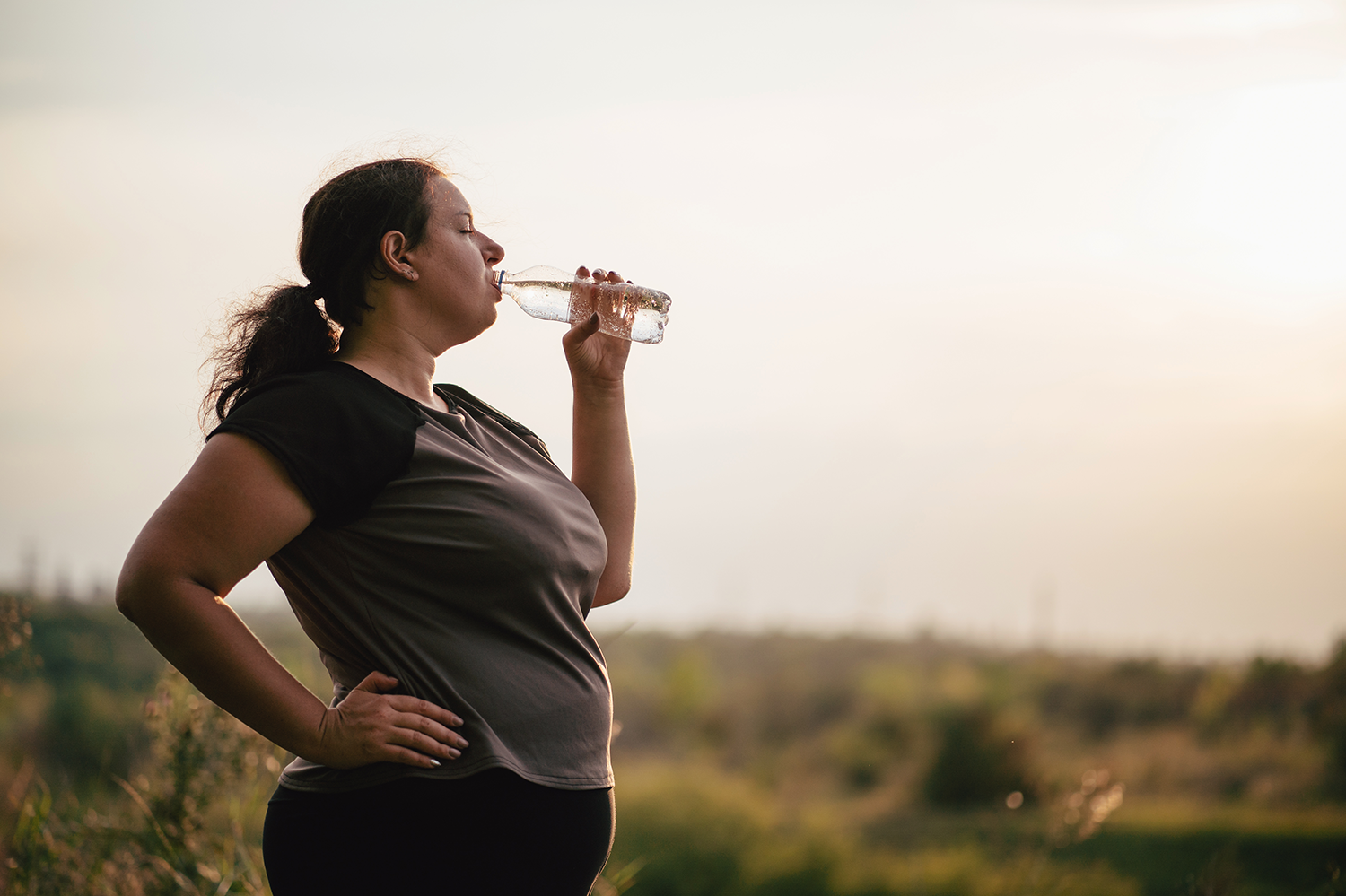Practice Proper Recovery With These Cooldown Tips
Published by
CONTRAVE Care Team
on
You just worked out—congrats!! The hard work is over and the endorphins have you feeling great. Time to pack it in, right? Not so fast. Before you unlace your sneakers, it’s important you take another five minutes or so to properly cool down to help the body recover and prevent injury.
In this blog post, we'll explore the best ways to safely cool down from both low-intensity and high-intensity exercises.
After Low-Intensity Exercise:
Low-intensity exercise includes activities such as yoga, walking, or light cycling. These activities may not require as much effort as higher-intensity exercises, but it is still essential to cool down properly afterward to avoid any potential stiffness or soreness.
Stretching: Stretching is one of the most effective ways to cool down after low-intensity exercise. It can help loosen up any tight muscles and increase flexibility. Hold each stretch slow and steady for at least 15-30 seconds. Really let yourself relax into it—you earned it!
Slow down: After your low-intensity exercise, take a few minutes to walk at a slower pace to slow down your heart rate to its resting state.
After High-Intensity Exercise:
If your workout was higher energy, like running, weightlifting, or a HIIT workout, you’ll have burned more calories and worked your body harder. Cooling down afterward is important to prevent muscle fatigue or injury.
Gradual reduction: First, it's important to gradually reduce your heart rate after high-intensity exercise to allow your body to gradually return to its resting state. Jogging at a slower pace, doing some light cycling, or walking are all great options—your treadmill or elliptical might even build in an automatic cooldown session at the end of your workout.
Stretching: Just like with low-intensity exercise, stretching is essential for cooling down after high-intensity workouts. It can help prevent muscle soreness and reduce the risk of injury.
Foam rolling: Just as with warming up, foam rolling can also be beneficial for cooling down after high-intensity exercise. It can help break up any knots in your muscles and improve blood circulation. Focus your foam rolling on the major muscle groups that were worked during the workout. For example, if you went for a run, roll out your hamstrings and quads.
After ALL Exercise:
Hydrate: Be sure to hydrate after your workout! With both low- and high-intensity exercises, post-workout hydration is crucial to help replenish any fluids lost during exercise.
Whether you're doing low-intensity or high-intensity exercise, incorporating the above tips into your workout routine may help you feel better, perform better, and stay injury-free. Recovery is an essential part of working out—and an important component of practicing self-care!
CON-1624-001 04/23

